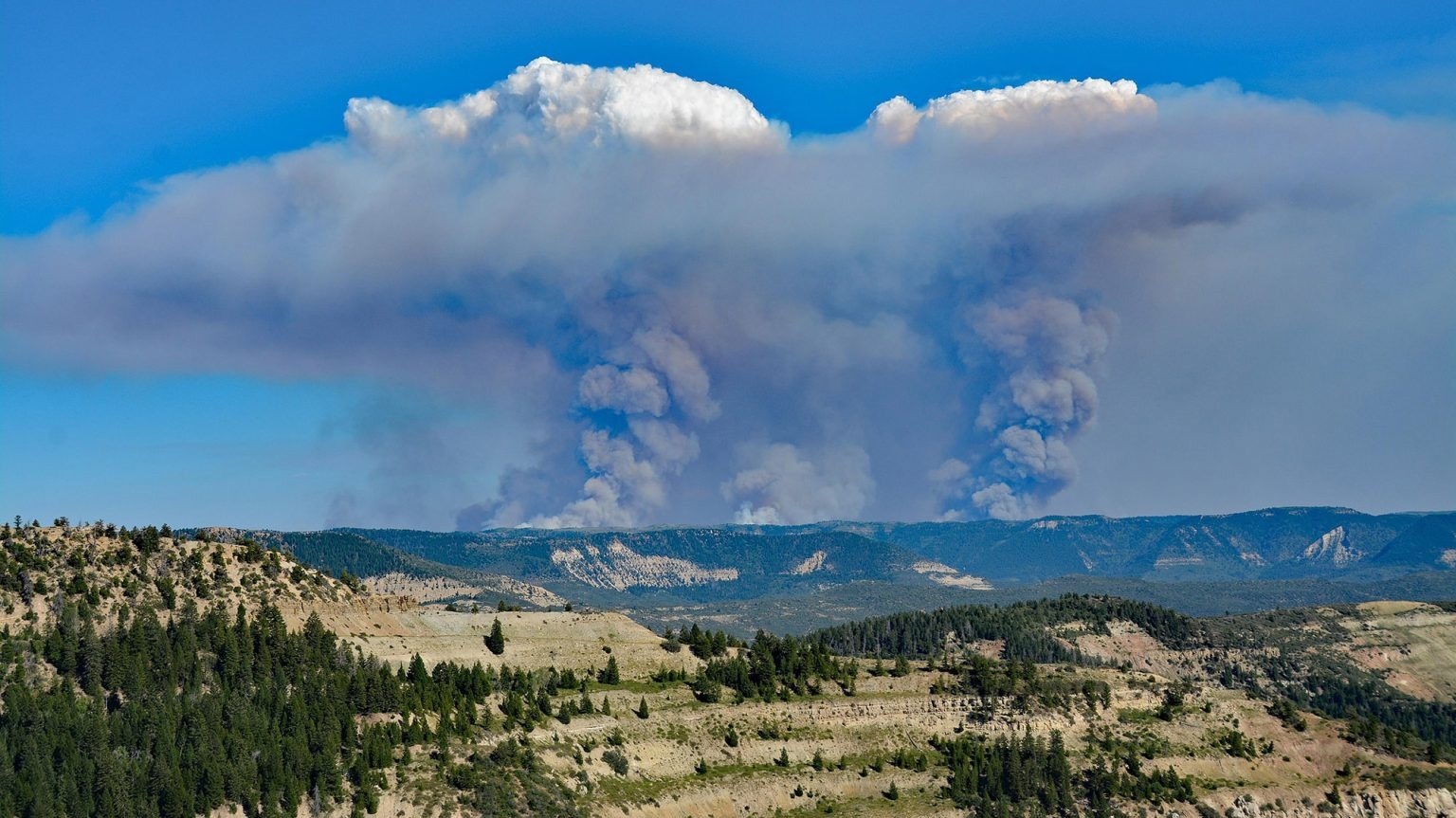Over the past few years, the plumes of smoke from Western wildfires have gotten taller, with a high number of aerosols and smoke lofted up where they have the potential to spread and affect air quality over an extensive area.

Image Credit: University of Utah.
The reason for this is most likely a result of climate change, with high aridity and reduced precipitation in the Western US that escalates wildfire activity.
Should these trends persist into the future it would suggest that enhanced Western U.S. wildfire activity will likely correspond to increasingly frequent degradation of air quality at local to continental scales.
Kai Wilmot, Postdoctoral Researcher, Department of Atmospheric Sciences, University of Utah
The study has been reported in the journal Scientific Reports and aided by the iNterdisciplinary EXchange for Utah Science, or NEXUS, at the University of Utah.
Smoke Height
To evaluate trends in smoke plume height, Wilmot and U collaborators Derek Mallia, Gannet Hallar, and John Lin modeled plume activity for nearly 4.6 million smoke plumes inside the Western US and Canada between 2003 and 2020.
Partitioning the plume data as per the EPA ecoregions (regions where ecosystems are similar, like the Colorado Plateau, Great Basin, Wasatch, and the Uinta Mountains in Utah), the scientists looked for trends in the maximum smoke plume height quantified during August and September each year in every region.
In the Sierra Nevada ecoregion of California, the team discovered that the maximum plume height increased, on average, by 750 ft (230 m) annually. In four regions, the peak plume heights increased by an average of 320 ft (100 m) per annum.
Wilmot states that the plume heights are a complicated interaction between fire size, atmospheric conditions, and the heat liberated by the fire.
Given climate-driven trends towards increasing atmospheric aridity, declining snowpack, hotter temperatures, etc., we’re seeing larger and more intense wildfires throughout the Western U.S. And so this is giving us larger burn areas and more intense fires.
Kai Wilmot, Postdoctoral Researcher, Department of Atmospheric Sciences, University of Utah
Also, the scientists used a smoke plume simulation model to evaluate the mass of the plumes and the trends in the number of aerosols being thrown into the air by wildfires (which are also on the rise).
Furthermore, the smoke simulation model evaluated the event of pyrocumulonimbus clouds. This is a phenomenon where smoke plumes create thunderstorms and their own weather systems.
In the regions between 2017 and 2020, around six ecoregions experienced their first well-known pyrocumulonimbus clouds, and the trend indicates high frequent pyrocumulonimbus activity on the Colorado Plateau.
Taller plumes tend to transmit more smoke up into greater elevations where it has the potential to spread further away, stated John Lin, professor of atmospheric sciences.
When smoke is lofted to higher altitudes, it has the potential to be transported over longer distances, degrading air quality over a wider region. So wildfire smoke can go from a more localized issue to a regional to even continental problem.
Kai Wilmot, Postdoctoral Researcher, Department of Atmospheric Sciences, University of Utah
Are the Trends Accelerating?
In the last few years, people have experienced some of the most extreme fire seasons. However, it is too soon to tell if the pace of the deteriorating fire trend is expediting, stated Wilmot. A few more years of data will be needed before it will be possible to see if anything has been considerably altered.
Wilmot stated, “Many of the most extreme data points fall within the years 2017–2020, with some of the 2020 values absolutely towering over the rest of the time series. Further, given what we know of the 2021 fire season, it appears likely that analysis of 2021 data would further support this finding.”
In the Wasatch and Uinta Mountains ecoregion of Utah, trends of plume height and aerosol amounts are increasing. However, the trends are not as powerful as those in California or Colorado. But smoke coming out from neighboring states frequently spills into the mountain basins of Utah.
Wilmot added, “In terms of the plume trends themselves, it does not appear that Utah is the epicenter of this issue. However, given our position as generally downwind of California, trends in plume top heights and wildfire emissions in California suggest a growing risk to Utah air quality as a result of wildfire activity in the West.”
Wilmot states that while there are a few things that people can do to tackle the issue, like avoiding human-caused wildfires, climate change is a much stronger and bigger force forcing the trends of higher aridity, less precipitation, and riper fire conditions throughout the West.
Wilmot continued, “The reality is that some of these [climate change] impacts are already baked in, even if we cut emissions right now. It seems like largely we’re along for the ride at the moment.”
Journal Reference:
Wilmot, T. Y., et al. (2022) Wildfire plumes in the Western US are reaching greater heights and injecting more aerosols aloft as wildfire activity intensifies. Scientific Reports. doi.org/10.1038/s41598-022-16607-3.